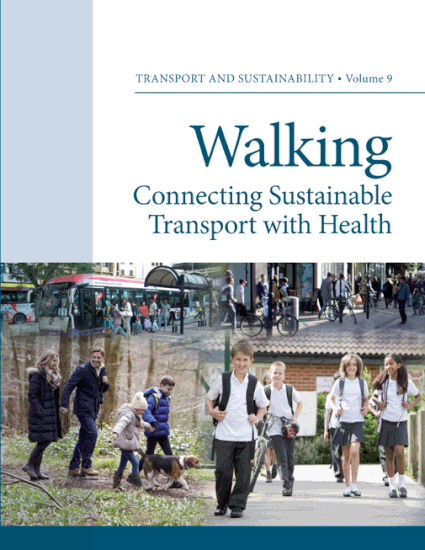
Contribution to Book
The Built Environment and Walking
Walking
(2017)
Abstract
This chapter introduces how the built environment and walking are connected. It looks at the interrelationships within the built environment, and how those are changing given planning and policy efforts to facilitate increased walking for both leisure activity and commuting. Using a broad review and case-based approach, the chapter examines this epistemological development of walking and the built environment over time, reviews the connections, policies and design strategies and emerging issues. The chapter shows many cases of cities which are creating a more walkable environment. It also reveals that emerging issues related to technology and autonomous vehicles, vision zero and car-free cities, and increased regional policy may play a continued role in shaping the built environment for walking. This dialogue provides both a core underpinning and a future vision for how the built environment can continue to influence and respond to pedestrians in shaping a more walkable world.
Keywords
- Pedestrians,
- built environment,
- walkability,
- public health,
- street design,
- complete streets
Disciplines
Publication Date
Summer 2017
Editor
Corinne Mulley, Klaus Gebel, Ding Ding
Publisher
Emerald Publishing Limited
Series
Transport and Sustainability
Citation Information
William W Riggs and Ruth Steiner. "The Built Environment and Walking" Walking Vol. 9 (2017) p. 139 - 165 Available at: http://works.bepress.com/williamriggs/86/
